Low Life Expectancy in Developing Country of Nigeria 666 Words 3 Pages Life expectancy estimates the equivalent years in full health that a person can expect to live on the basis of the current mortality rates and prevalence distribution of health states in the population (WHO 12)Data analyses reveal that the lowest life expectancy is 4178 years, while the highest is 7984 years Lowincome DC have low performance in terms of life expectancy at birth While highincome DC recorded strong performances Hence the existence of a positive correlation between life expectancy at birth and GNI per capita (Figure 1) Figure1This video compares the life expectancy of all countries/regions The median age of each country is also plotted Note that some regions included are not cou

Need And Channel Of Investment In Underdeveloped Countries Or Develop
Low life expectancy in developing countries
Low life expectancy in developing countries-This sector of the city exhibited a seven years lower life expectancy than the remainder of the city However, Rogers and Wofford (19) found the opposite result; After study the different perspectives discovered by the different experts, the researcher arrived at conclusion that low life standard, poor health facilities, poor governmental policies of health, high level of population, terrorism and low level of education are the factors responsible for the low life expectancy of developing countries
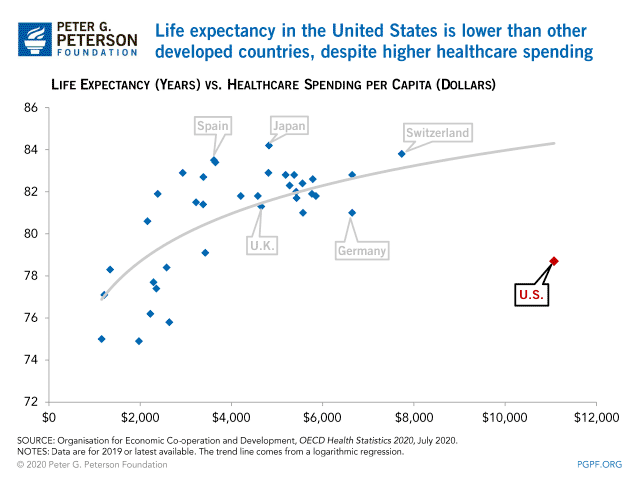



U S Life Expectancy Is Lower Than Other Developed Countries
Life expectancy, among other statistics including maternal mortality, is one measure by which a country's success in the health realm is determinedA higher life expectancy is associated with higher quality of life and better healthcare The United States is considered a developed, highincome country, but American citizens experience lower life expectancy at Graph and download economic data for Life Expectancy at Birth, Total for Low Income Countries (SPDYNLE00INLIC) from 1960 to 19 about life In 1960, life expectancy in the region hovered at 40 Now, individuals can expect to reach an average of 59 years of age This sharp incline in life expectancy of lowincome countries is attributed to a greater access to aid programs and organizations than ever before A Stanford study found that countries receiving the most health aid gained
A country's economic development may also be reflected in average life expectancy, which indicates the achievement of long and healthy lives and is measured by life expectancy at birth30 seconds Report an issue Q The greater the country's level of economic development, the — answer choices higher the quality of life higher the agricultural labor force lower the cost of living lower the urban population Swaziland has the fifthlowest life expectancy in the world at an average of 521 years Swaziland is the only country on this list with men living, on average, longer than women As of 16, the top two reasons for deaths were HIV/AIDS and lower respiratory infectionsHowever, Swaziland is one of the countries receiving help from USAID
Causespecific lifeyears lost in people with mental disorders a nationwide, registerbased cohort study In the USA, a 14 year gap in life expectancy has been reported between the richest 1% of the population and poorest 1% The association between income and life expectancy in the United States, 01–14 Lack of food & malnutrition seems to be one of the major factors contributing to low life expectancy (2) Governments too poor to spend Many of the African countries are said to be poor There are just so many of them which are classified as HIPC (Highly Indebted Poor Countries) where they owe huge sum of money to IMF & World BankLife Expectancy at birth is widely accepted as a useful indicator of the health status of a country's population and beyond that, is extensively used by international agencies as a general indicator of national development New Orthodox economists regard longevity as one of the key functioning's for economic development (UNDP 1990) Over the past few decades', developing countries
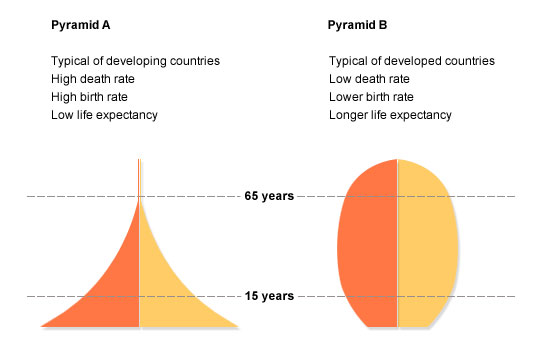



Life Expectancy Discrepancies Outcomes And Future Directions Princeton Public Health Review



Economic Growth
A developing country is a country with a less developed industrial base and a low Human Development Index (HDI) relative to other countries However, this definition is not universally agreed upon There is also no clear agreement on which countries fit this category The term low and middleincome country (LMIC) is often used interchangeably but refers only to the economy This paper investigates the effect of the socioeconomic development on life expectancy at birth as an indicator of mortality or longevity in five EU accession candidate countries (Macedonia, Serbia, Bosnia and Herzegovina, Montenegro, and Albania) Using aggregate time series pool data on an annual level from UN and World Bank databases for the period The countries with the lowest life expectancy worldwide are all low income or developing countries that lack health care access and
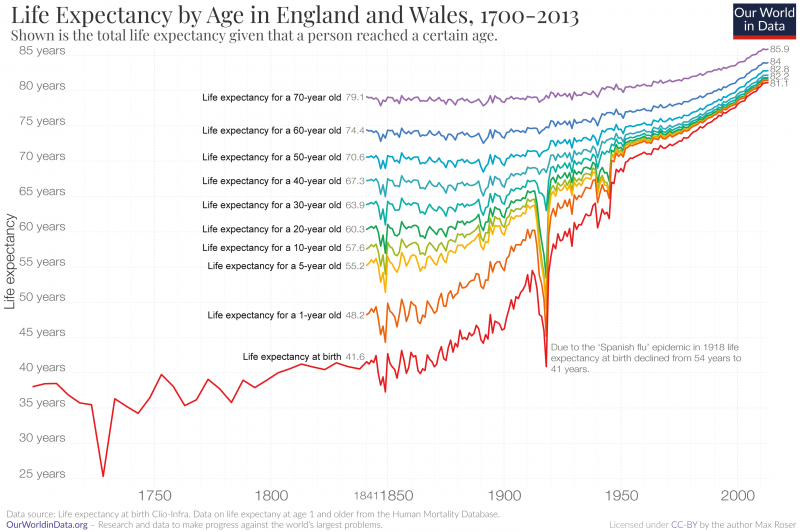



Life Expectancy Our World In Data




Recent Trends In Life Expectancy Across High Income Countries Retrospective Observational Study The Bmj
Answer (1 of 2) Because they have much much higher infant and childhood mortality rates, often because of very poor nutrition, mixed with poor water quality and a high incidence of diarrheal disease They also often have a higher amount of fighting, andHusain Life Expectancy in Developing Countries 163 Research on life expectancy, and infant or childhood mortality in developing countries has been extended in various directions recently Many of the recent analyses have emphasized the importance of socioeconomic and other factors in explaining differences in mortalityEnergy poverty affects physical health, wellbeing, and ability to prosper A large proportion of Kenyan population lack access to electricity because they are located far from the national grid where it is uneconomical to extend electricity This paper assesses energy poverty situation in Kirinyaga and reviews its implication on standard of living
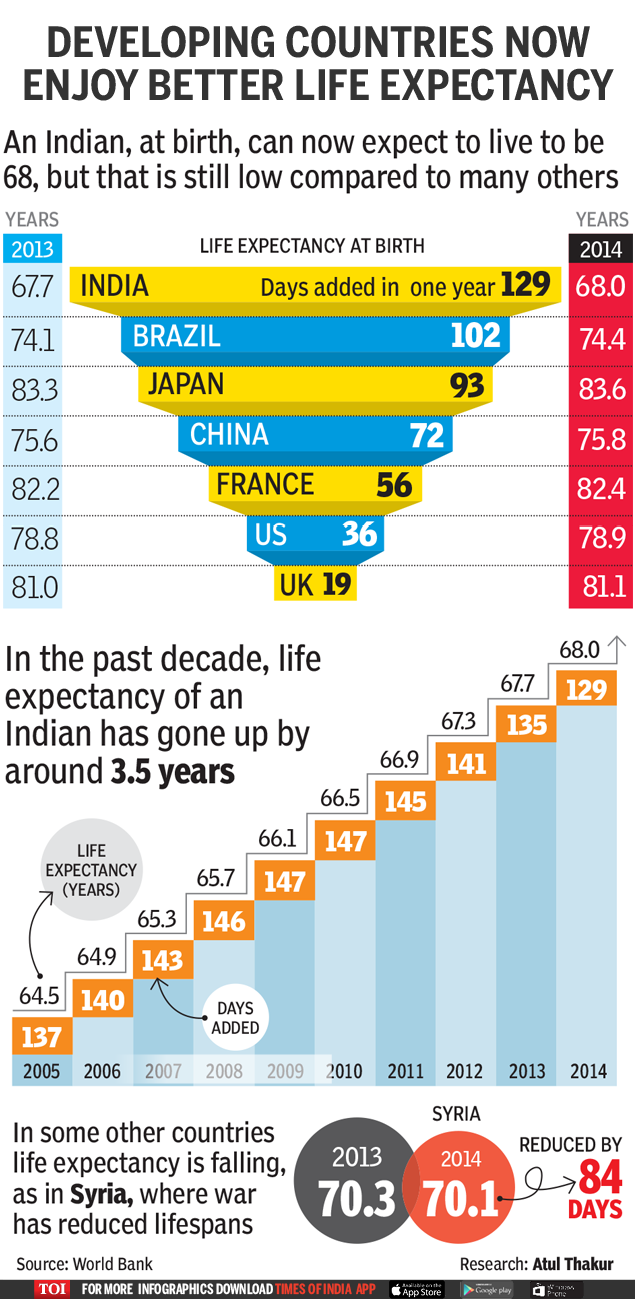



Infographic Average Indian Will Now Live For 3 5 More Years India News Times Of India




Health Care Around The World Global Issues
Life disparity is a measure of how much lifespans differ among individuals We define a death as premature if postponing it to a later age would decrease life disparity Results In of the 170 years from 1840 to 09, the country with the highest male lifeLife expectancy refers to the average life that a person can be expected to live The life expectancy in differs in different countries according to the conditions and environment of the particular countriesIt is often noticed that the life expectancy rates in the poor countries are usually low because in poor countries the people are poor have unemployment suffers fromMethodology The life expectancy is shown separately for males, and for females, as well as a combined figure Several nonsovereign entities are also included in this listThe figures reflect the quality of healthcare in the countries listed as well as other factors including ongoing wars, obesity, and HIV infections From the beginning of the current century there is a tendency to also




Increasing But Insufficient Optimism About Future Life Expectancy



Developing Countries How To Improve Life Expectancy Life Expectancy
In addition, the life expectancy at birth variable that mostly used in related literature as a proxy of health status and wellbeing, it is used in our study as a proxy of SDG3 In this study, we investigated the role of globalization and democracy in Increasing life expectancy is an essential component of health in the developing world (countries with low and medium Human Development Index (HDI)), which is earnestly striving to achieve socioeconomic progress through investing significantly in social sectors like health, education, sanitation, environmental management and sustainability, and social safetyA low life expectancy can be defined as a belowaverage age a person might reach on average when he or she is born for every respective date Especially in poor developing countries, life expectancy is quite low compared to rich industrialized countries
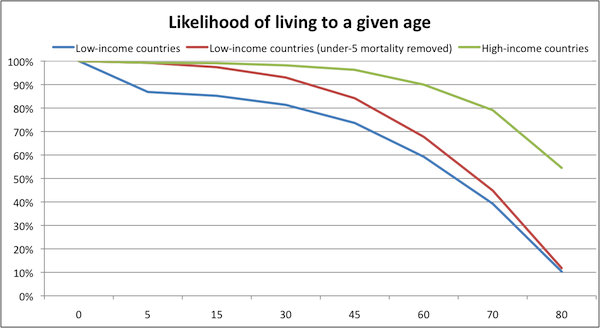



Standard Of Living In The Developing World Givewell
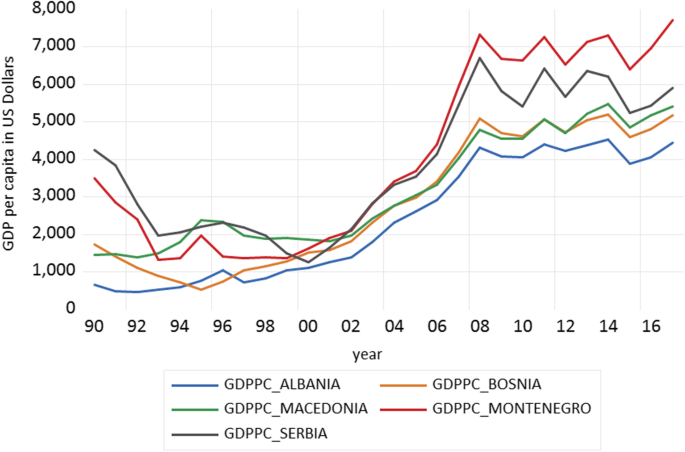



Socioeconomic Development And Life Expectancy Relationship Evidence From The Eu Accession Candidate Countries Genus Full Text
Analysis of the effect of these two groups of factors upon life expectancy, using data for 95 less developed countries, indicates that mortality is primarily influenced by such socioeconomic development measures as urbanization, industrialization, and education, and secondarily by such public health measures as access to safe water, physicians, and adequate nutrition While in general a country's life expectancy increases with national income, some countries "punch above their weight", while some "punch below their weight" – achieving higher or lower life expectancy than would be predicted by their per capita income Discovering which conditions or policies contribute to this outcome is critical to improving population health globallyBlog factors affecting life expectancy in developing countries Leave a comment
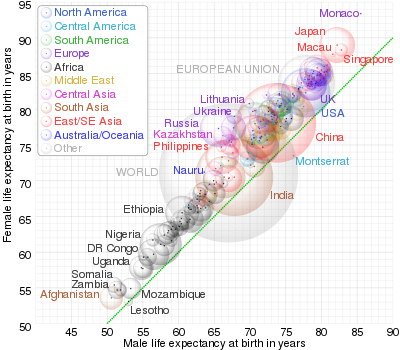



List Of Countries By Life Expectancy Wikipedia




Comparison With Other Nations 16 Annual Report Ahr
Life expectancy at birth in the US is lower than comparable countries In 17, US life expectancy was 786 years, compared to an average of 3 years for comparable countries Life expectancy can be influenced by a number of factors, including those within the domain of the healthcare system (eg, quality of care, access to preventive FC/PM501 Skills for Study 1 Essay Investigate two possible solutions to low life expectancy in the developing world Word Count757 Tutor Scott Benson City Student number Date Life expectancy is one of the most utilized measurements in the demographics of a country Alamel Nigthy Best quality & Low priced nighties Nighty manufacturer at Madurai Top quality nighty at low price Home;
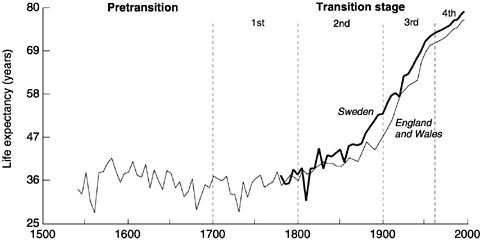



Mortality Beyond Six Billion Forecasting The World S Population The National Academies Press



How Did Japan Go From Being A Country With High Fertility Rates And Low Life Expectancy To Low Fertility Rates And High Life Expectancy Quora
Life expectancy rose rapidly in the twentieth century due to improvements in public health, nutrition and medicine It's likely that life expectancy of the most developed countries will slowly advance and then reach a peak in the range of the mid80s in age Developing vs Developed countries' life expectancy The difference between developing countries and developed countries in terms of life expectancy is staggering Developing countries, on average, have a life expectancy if 6969 years while developed countries have an average life expectancy of 807 yearsTwo possible solutions for low life expectancy in developing countries Explain what causes people die at young age such as malnutrition, lack of education and poor health care system Possible solutions Educate people from developing countries, improve health services and provide nutritional food Disaster such as drought, flood causes unable




Life Expectancy In 35 Industrialized Countries Us Ranks Among The Lowest Fanatic Cook
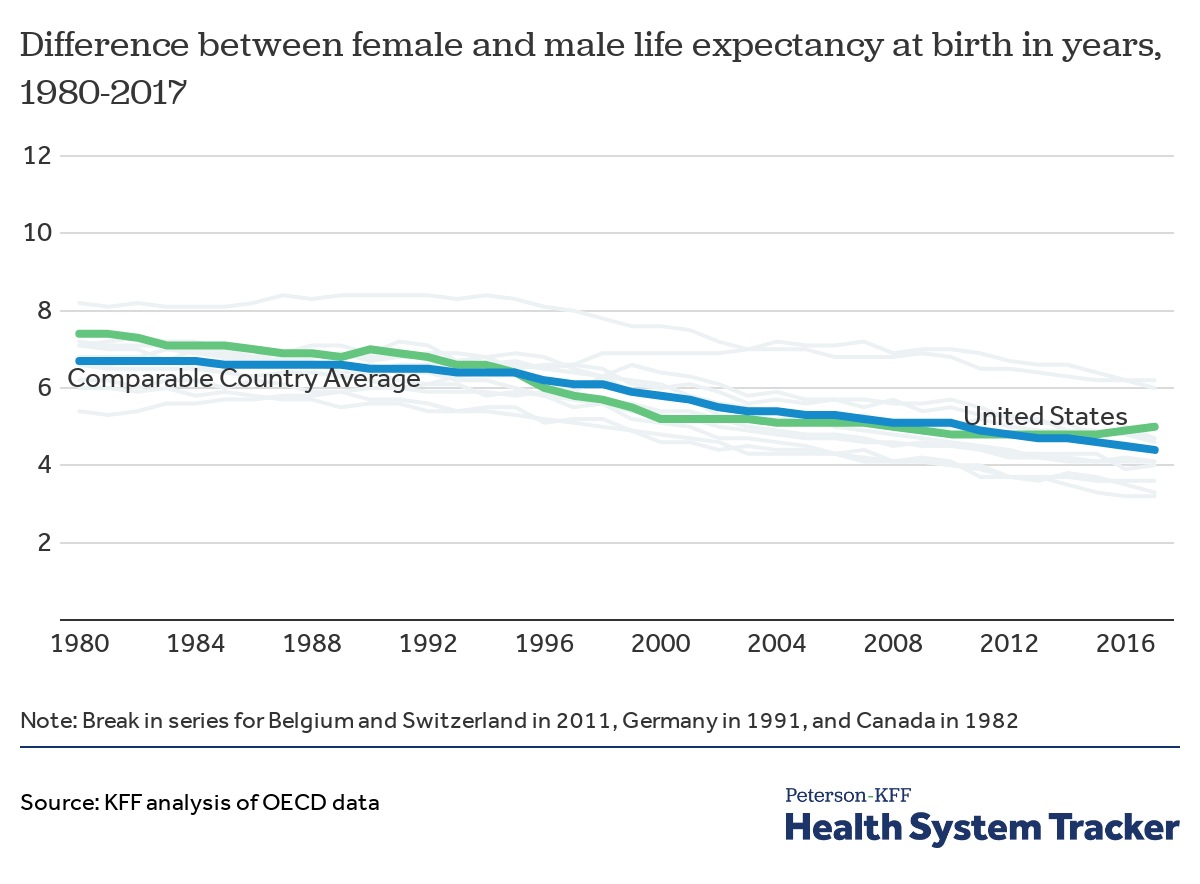



How Does U S Life Expectancy Compare To Other Countries Peterson Kff Health System Tracker
Healthy life expectancy (HALE) at birth is an important indicator of health status and quality of life of a country's population However, little is known about the determinants of HALE as yet globally or even countryspecific level Thus, we examined the factors that are associated with HALE at birth in low and lowermiddleincome countries Implications of Low Life Expectancy In Developing Countries (1) Loss of productive workforce In many parts of African continent, life expectancy continued to decrease For instance, Botswana people use to live up to 60 years old but now averaging at 40 years of age South Africa which is relatively the performer among African peers, does not Objectives To assess whether declines in life expectancy occurred across high income countries during 1416, to identify the causes of death contributing to these declines, and to examine the extent to which these declines were driven by shared or differing factors across countries Design Demographic analysis using aggregated data




Comparison With Other Nations 16 Annual Report Ahr



How Does U S Life Expectancy Compare To Other Countries Peterson Kff Health System Tracker
A low life expectancy can be defined as a belowaverage age a person might reach on average when he or she is born for every respective date Especially in poor developing countries, life expectancy is quite low compared to rich industrialized countries But why is it that way? Low life expectancy is generally found in developing countries as they have a lower quality of life, this generally occurs in countries in Africa such as Nigeria, Sierra Leone and Malawi as the standard of living is lower than in countries with higher life expectancies like Sweden, Iceland and Japan The extension of life expectancy has always been a primary interest of medical research as well as an indicator of national public health profiles Life expectancy has exhibited patterns of continuous growth over time, but it has also demonstrated persistently high variability between countries over the past halfcentury 2, 3As of 08, the gap in life expectancy
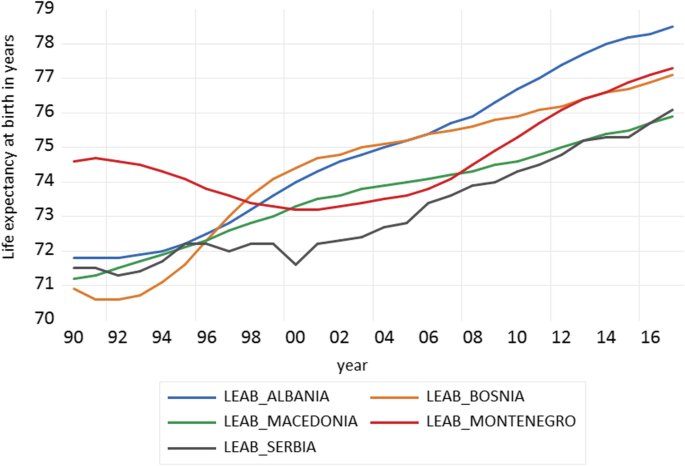



Socioeconomic Development And Life Expectancy Relationship Evidence From The Eu Accession Candidate Countries Genus Full Text
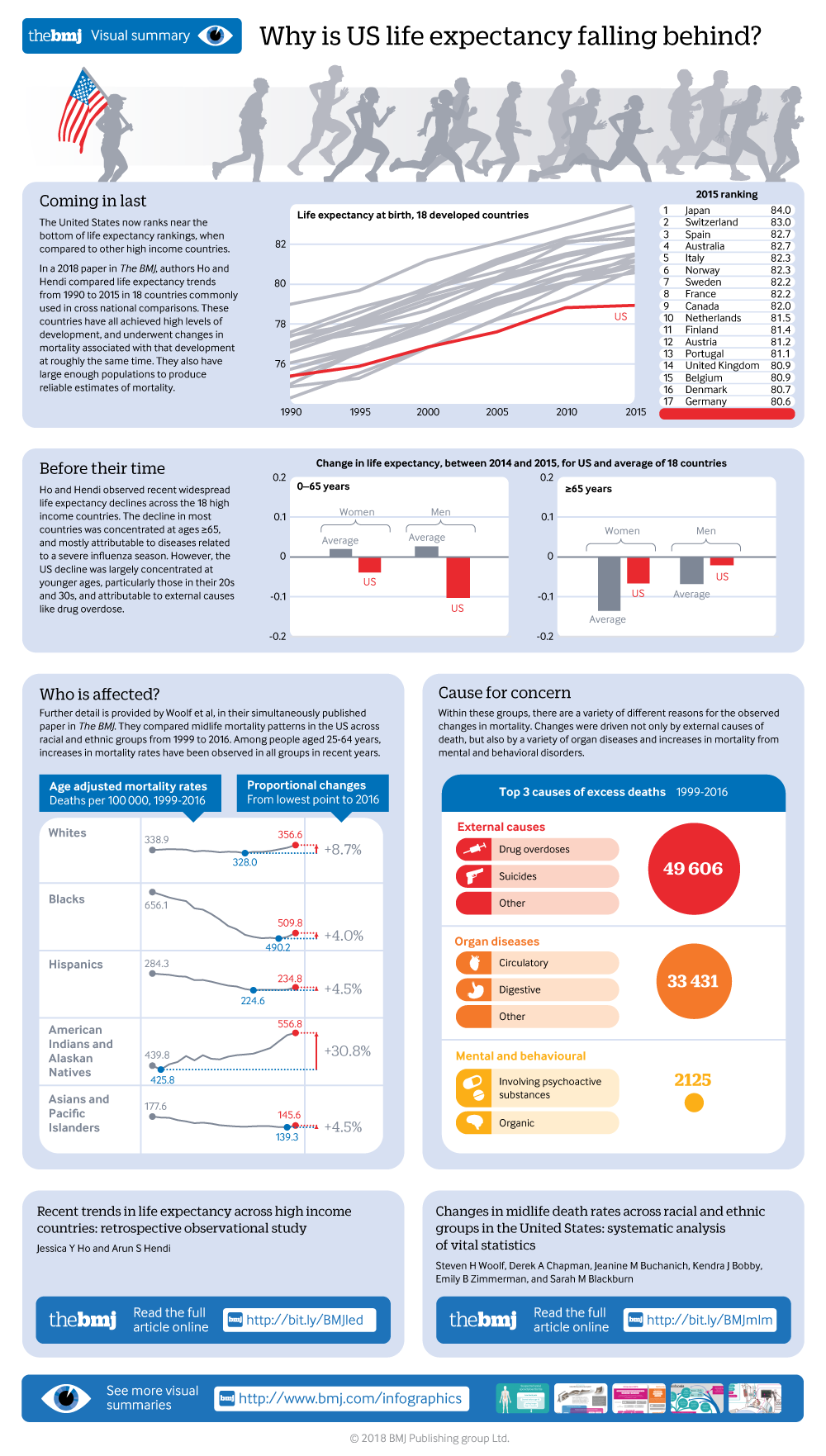



Recent Trends In Life Expectancy Across High Income Countries Retrospective Observational Study The Bmj
Developing countries, since they often require only a few doses to deliver and can be delivered by personnel with limited medical training The controversy over intellectual property rights for pharmaceuticals and access to antiretroviral therapies in developing countries has been the subject of much public debate recentlyOver the last decades this global inequality decreased No country in the world has a lower life expectancy than the countries with the highest life expectancy in 1800 Many countries that not long ago were suffering from bad health are catching up rapidly Since 1900 the global average life expectancy has more than doubled and is now above 70List of countries and dependencies in the world ranked by life expectancy at birth, both sexes, males and females World Population Life Expectancy with historical chart
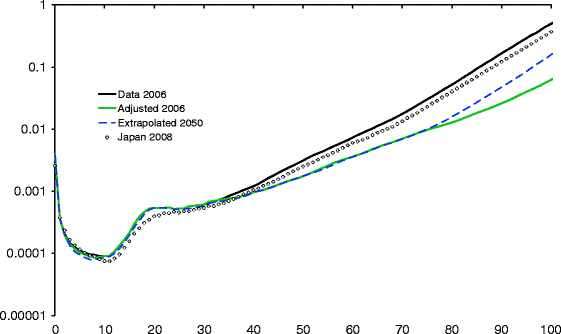



Life Expectancy In Developed Countries Is Higher Than Conventionally Estimated Implications From Improved Measurement Of Human Longevity Springerlink
/GettyImages-1255436927-f63080f1a1d24bc5b30d23f6ab97cf25.jpg)



Top 25 Developed Developing Countries List
The low life expectancy of poorer Americans is a big part of why the average life expectancy in the US is lower than in other rich countries Kinge et al (19) study the difference between the US and Norway 8 Like the US, Norway is exceptionally rich, butExamining life expectancy for 95 developing countries they revealed that urbanization was less influential in explaining life expectancy than anticipated, perhaps because of unhealthy// After the financial crisis of 08, the United States, Europe, and many other nations around the world began to debate austerity measures in order to reduce their stock of sovereign debt One sector considered for reduction was healthcare expenditures Critics of this approach argued that a reduction in healthcare expenditures would reduce the quality of life for people in




U S Life Expectancy Is Lower Than Other Developed Countries




Reductions In Us Life Expectancy Due To Covid 19 And The Disproportionate Impact On The Black And Latino Populations Pnas



Life Expectancy Our World In Data
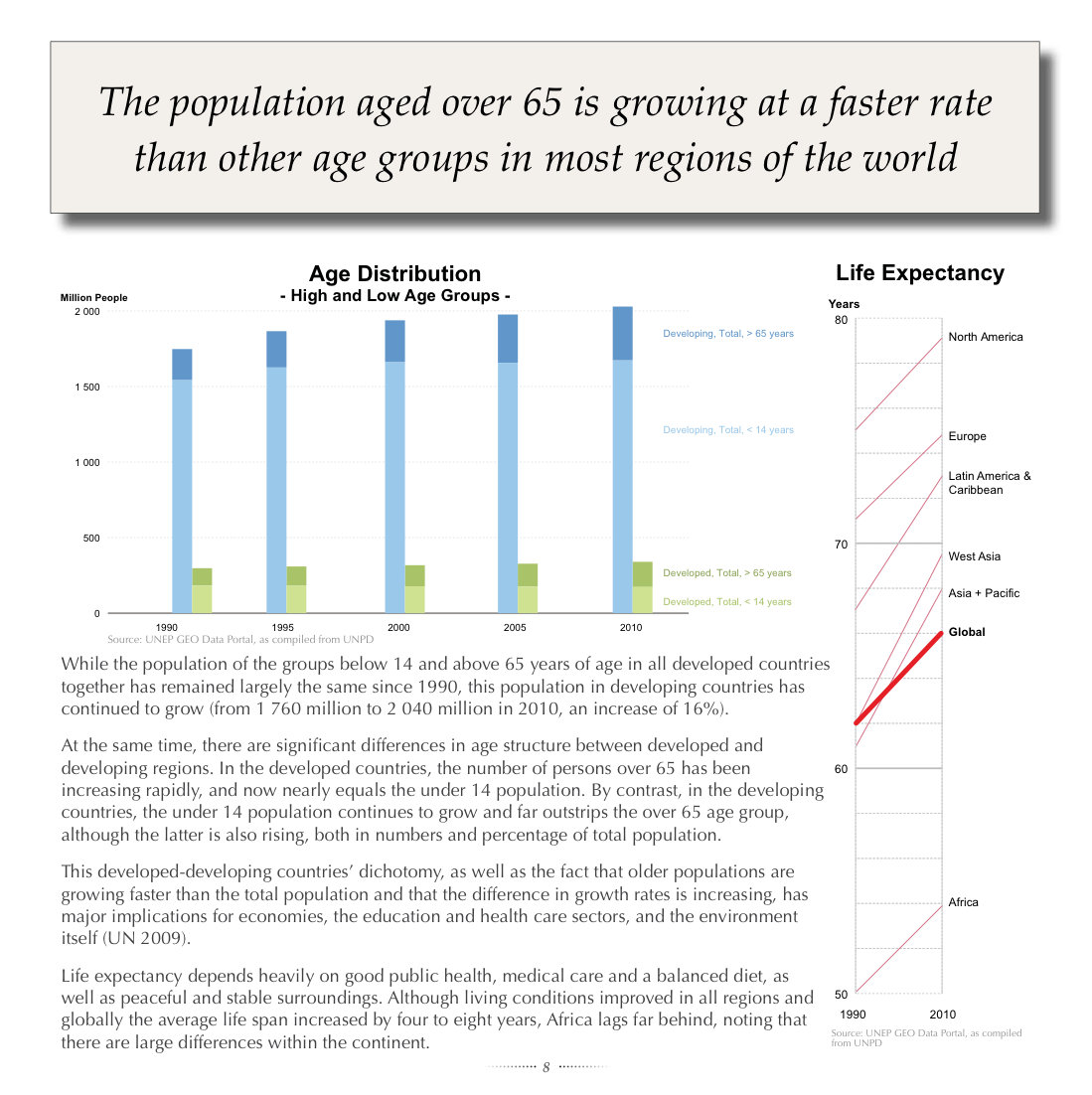



Grid Resource Details
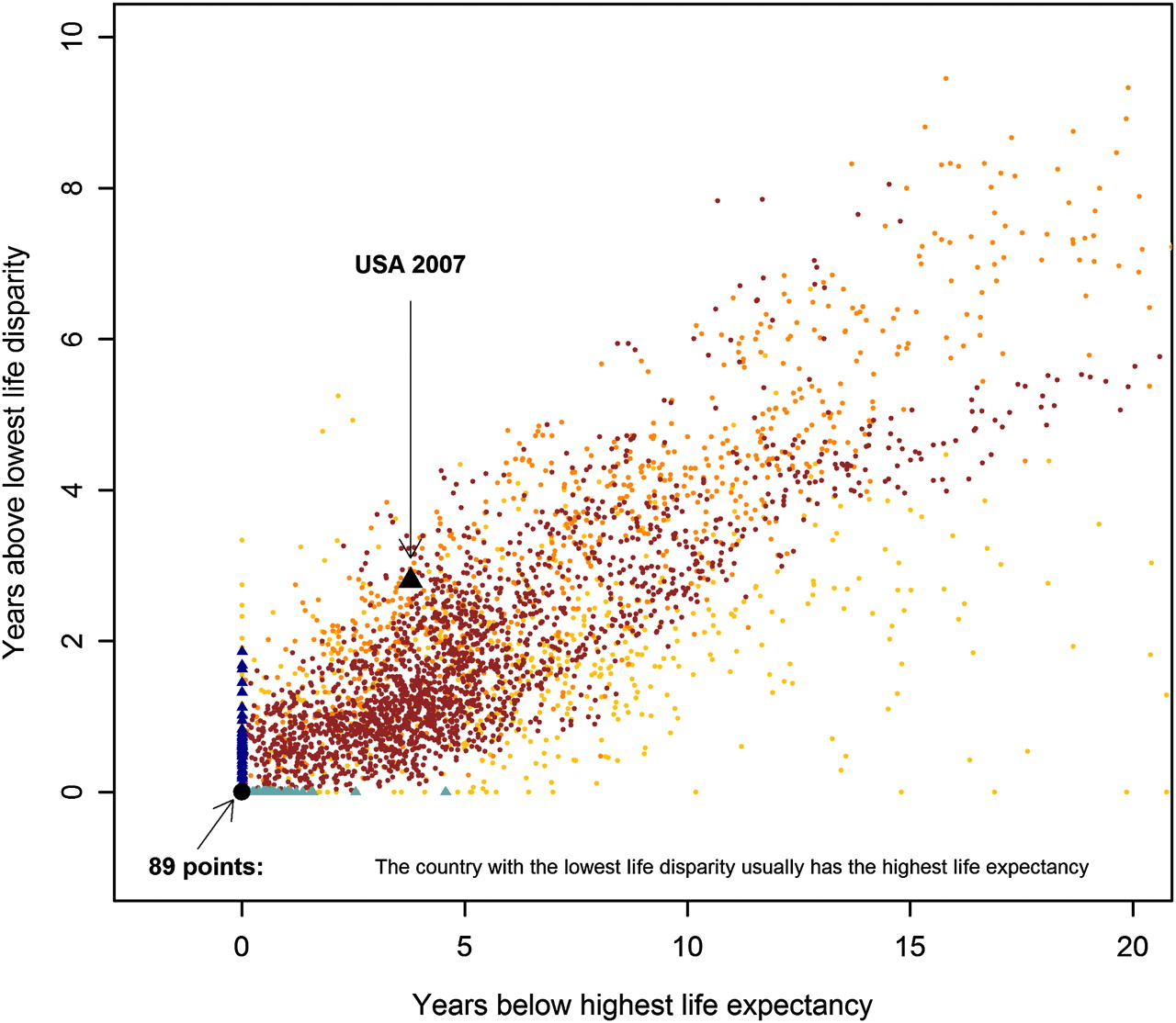



Life Expectancy And Disparity An International Comparison Of Life Table Data Bmj Open



1




Future Life Expectancy In 35 Industrialised Countries Projections With A Bayesian Model Ensemble The Lancet




How Does U S Life Expectancy Compare To Other Countries Peterson Kff Health System Tracker




Pdf Factors Effecting Life Expectancy In Developed And Developing Countries Of The World An Approach To Available Literature
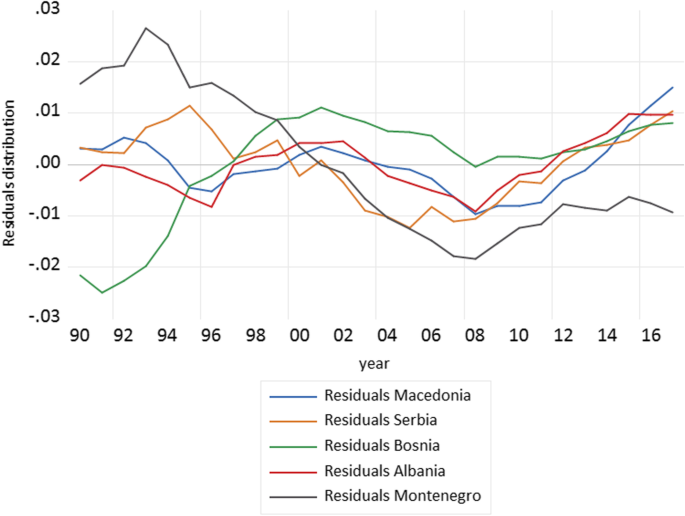



Socioeconomic Development And Life Expectancy Relationship Evidence From The Eu Accession Candidate Countries Genus Full Text



National Life Tables Life Expectancy In The Uk Office For National Statistics




These Countries Are Ranked Highest And Lowest For Human Development World Economic Forum



Life Expectancy




Causes For Low Life Expectancy How To Increase It E C




How Does U S Life Expectancy Compare To Other Countries Peterson Kff Health System Tracker
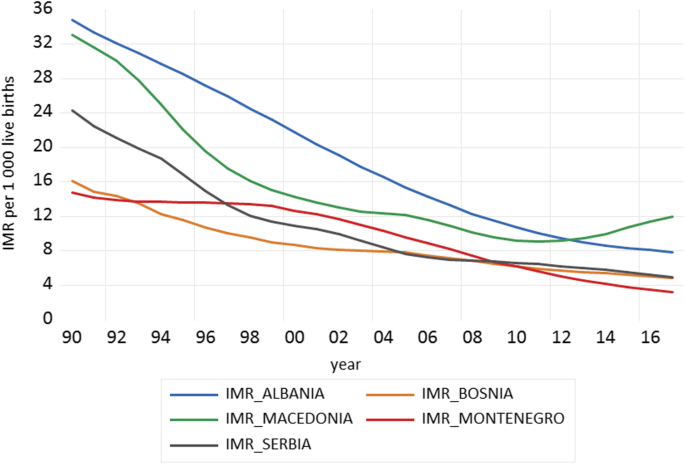



Socioeconomic Development And Life Expectancy Relationship Evidence From The Eu Accession Candidate Countries Genus Full Text




How Does U S Life Expectancy Compare To Other Countries Peterson Kff Health System Tracker




List Of Countries By Life Expectancy Wikipedia




Countries With Lowest Life Expectancy 19 Statista




Life Expectancy An Overview Sciencedirect Topics




Recent Trends And Increasing Differences In Life Expectancy Present Opportunities For Multidisciplinary Research On Aging Nature Aging




Life Expectancy As A Measure Of Inequality The Hindu Businessline




Please Help Developing Countries Tend To Have Low Life Expectancies What Causes This Brainly Com




Pdf Factors Effecting Life Expectancy In Developed And Developing Countries Of The World An Approach To Available Literature




Dynamics Of Life Expectancy And Life Span Equality Pnas




Life In Developing Countries Continues To Improve The Economist




Measuring Health And Economic Wellbeing In The Sustainable Development Goals Era Development Of A Poverty Free Life Expectancy Metric And Estimates For 90 Countries The Lancet Global Health
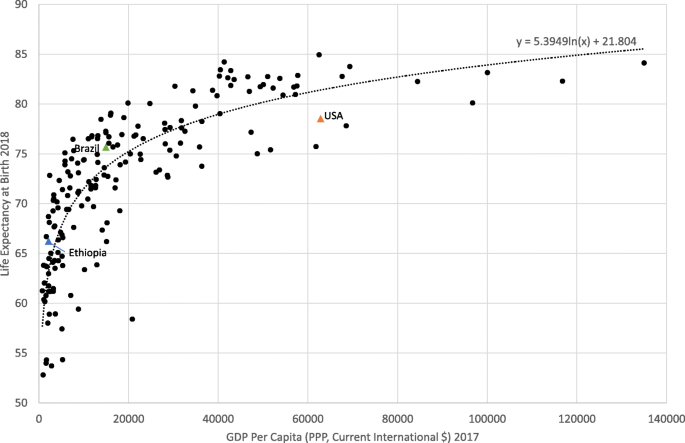



Why Do Some Countries Do Better Or Worse In Life Expectancy Relative To Income An Analysis Of Brazil Ethiopia And The United States Of America International Journal For Equity In Health
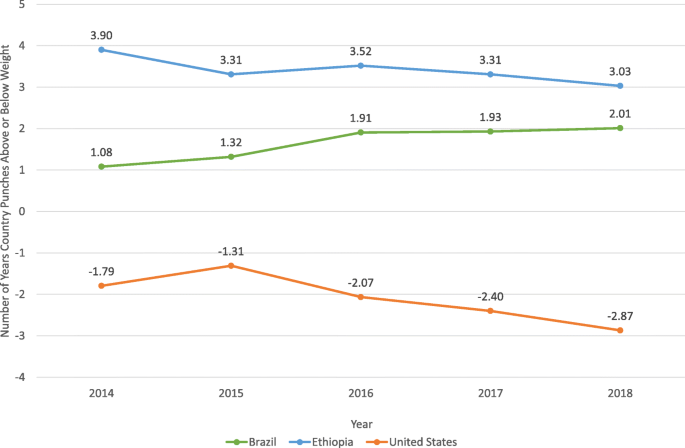



Why Do Some Countries Do Better Or Worse In Life Expectancy Relative To Income An Analysis Of Brazil Ethiopia And The United States Of America International Journal For Equity In Health



Why Is The Life Expectancy Low In Russia Quora




How Does U S Life Expectancy Compare To Other Countries Peterson Kff Health System Tracker
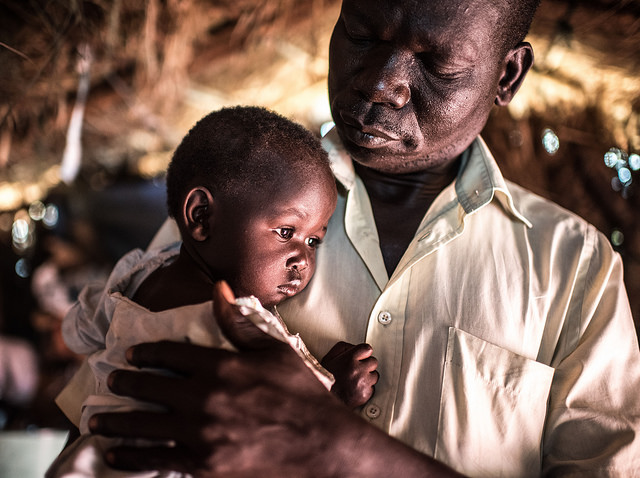



Life Expectancy In Low Income Countries On The Rise
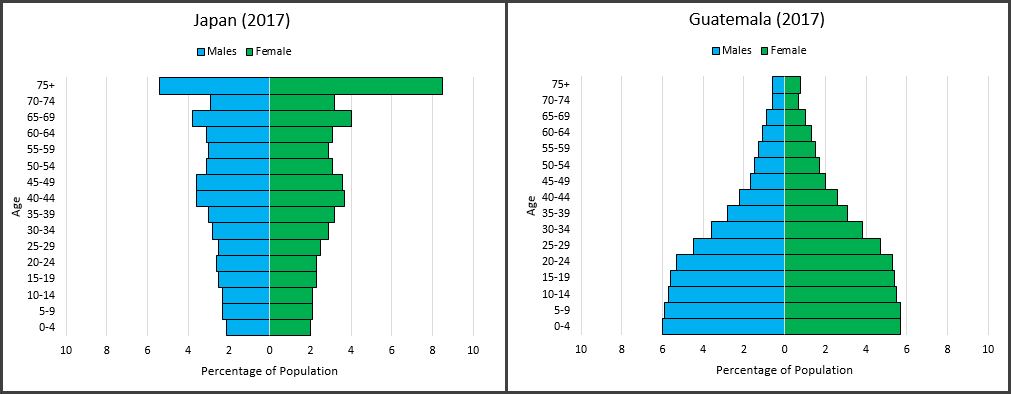



Why Does Death Rate Go Up In More Developed Countries
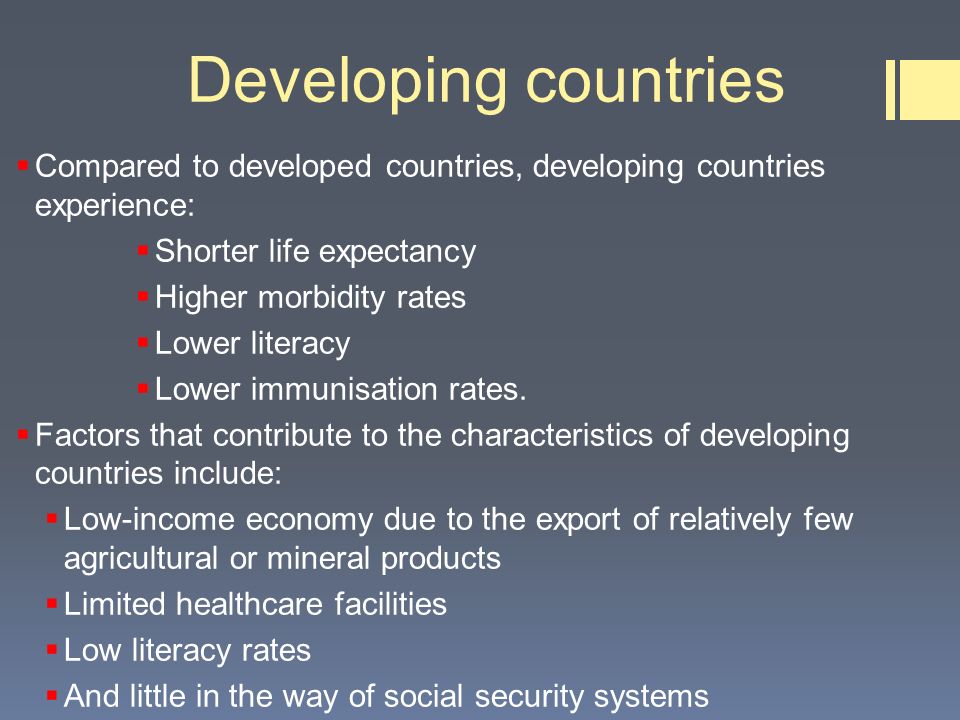



Global Health Chpt 8 Unit 4 Aos 1 Key Knowledge And Key Skills Key Knowledge Characteristics Of Developed And Developing Countries Similarities Ppt Download




People In Hong Kong Have The Longest Life Expectancy In The World Some Possible Explanations National Academy Of Medicine




World Economics Meaning Of Development Online Presentation




List Of Countries By Life Expectancy Wikipedia




Pdf Factors Effecting Life Expectancy In Developed And Developing Countries Of The World An Approach To Available Literature




Life Expectancy Our World In Data
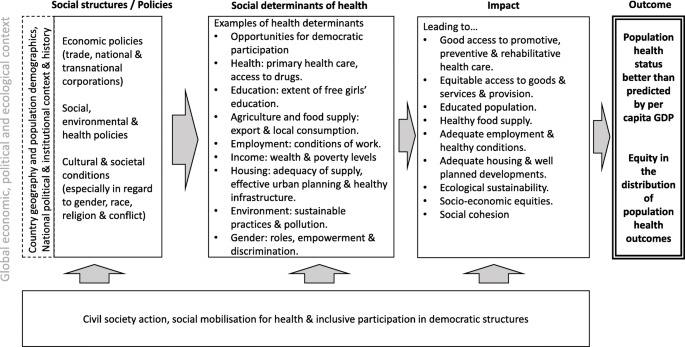



Why Do Some Countries Do Better Or Worse In Life Expectancy Relative To Income An Analysis Of Brazil Ethiopia And The United States Of America International Journal For Equity In Health




Life Expectancy An Overview Sciencedirect Topics




Life Expectancy And Mortality In 363 Cities Of Latin America Nature Medicine



Data Highlights 21 Troubling Health Trends Holding Back Progress On Life Expectancy Epi




Mdc Ldc Hdi More Developed Countries Less Developed




Global Age Sex Specific Fertility Mortality Healthy Life Expectancy Hale And Population Estimates In 4 Countries And Territories 1950 19 A Comprehensive Demographic Analysis For The Global Burden Of Disease Study 19 The Lancet



Developing Countries
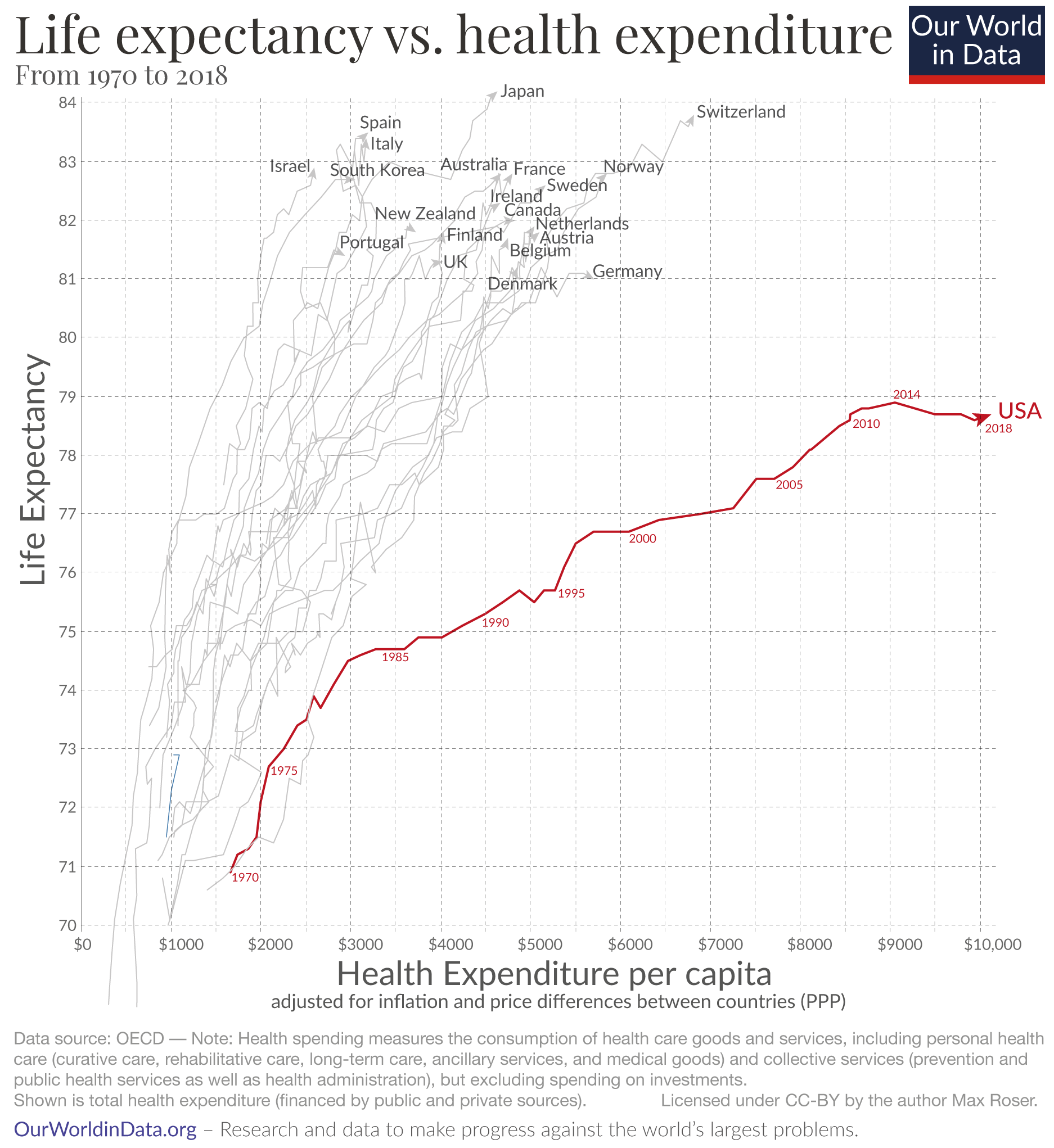



Why Is Life Expectancy In The Us Lower Than In Other Rich Countries Our World In Data




Life Expectancy In The Us By State Infographic Map
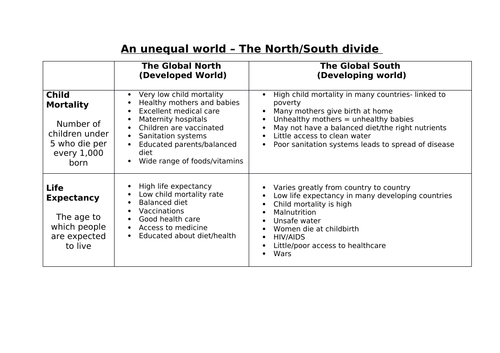



Child Mortality And Life Expectancy Population Teaching Resources




Longevity In Rich Countries The Economist




International Studies What Does It Mean To Be A Citizen Of The World Take A Few Minutes To Brainstorm What Someone Being A Citizen Of The World Ppt Download
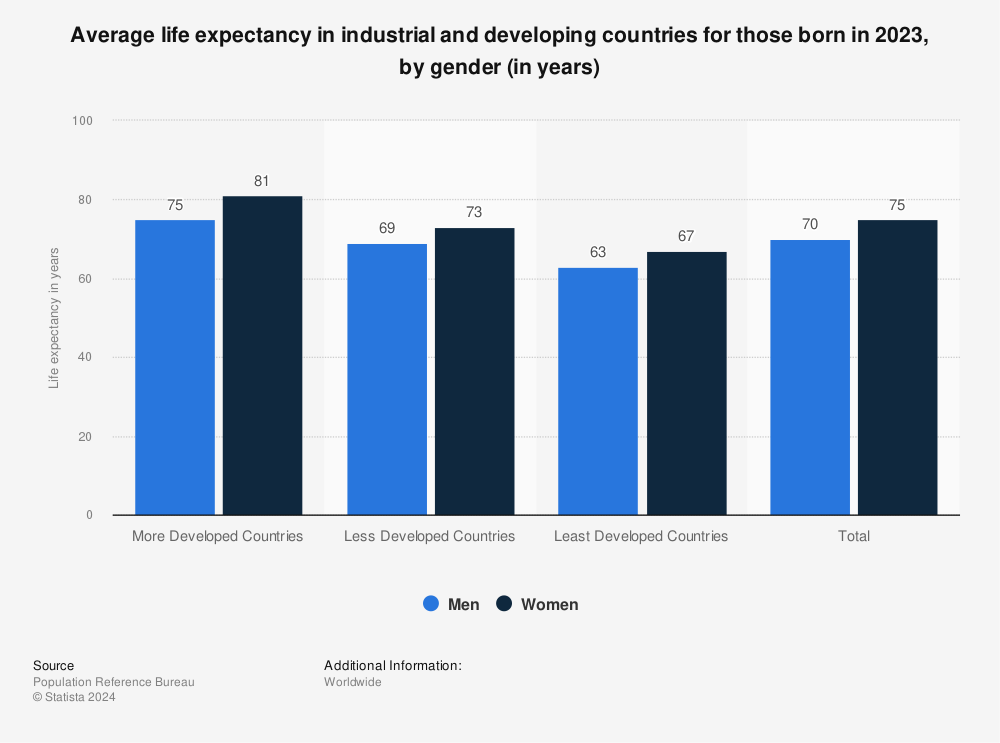



Life Expectancy In Developed And Developing Countries Statista
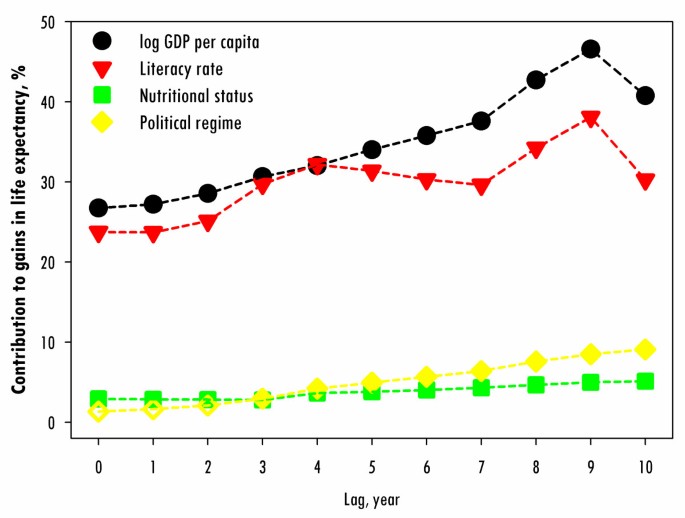



Political And Social Determinants Of Life Expectancy In Less Developed Countries A Longitudinal Study Bmc Public Health Full Text




Life Expectancy At Birth For The World And Development Groups 1950 2100 Download Scientific Diagram




Need And Channel Of Investment In Underdeveloped Countries Or Develop
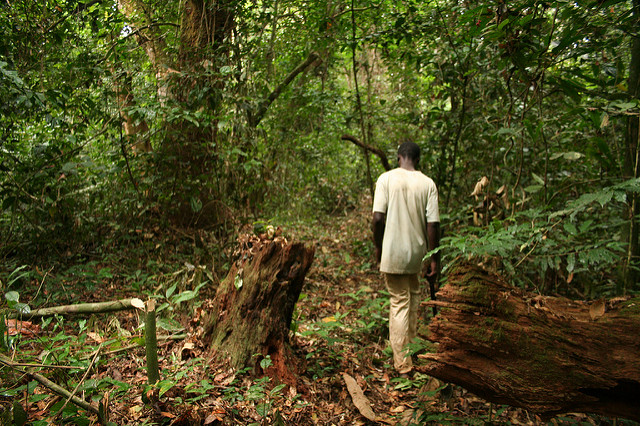



5 Countries With The Lowest Life Expectancy In The World



Developed And Developing Nations Sol8 Ppt Download




Demography And Burden Of Disease Demography Scientific Study Of Human Populations Primarily With Studocu
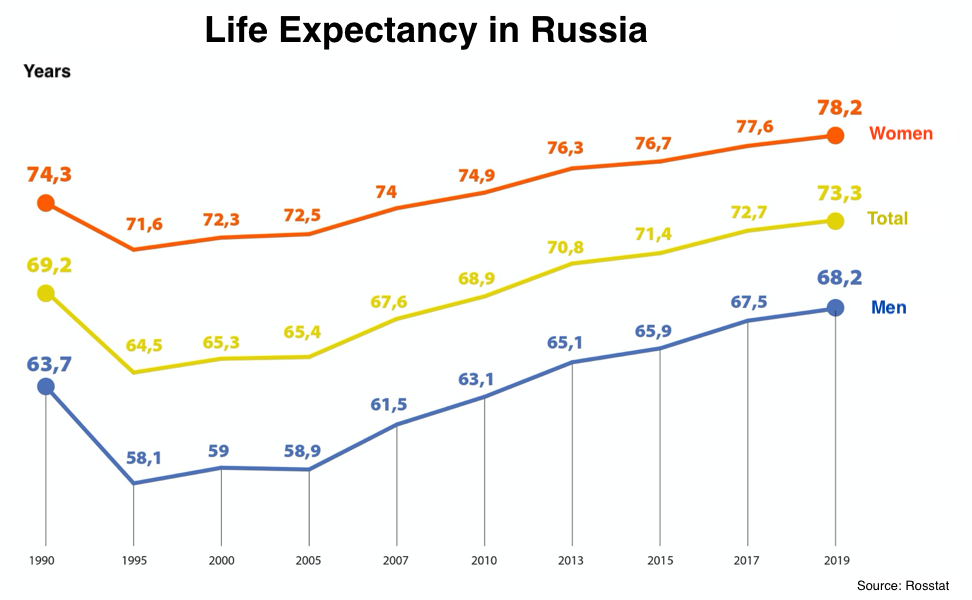



Quality Of Life Or Medicine Hse Researchers Learn The Key To Living Longer Hse University



What Happens If You Combine Life Expectancy And Gdp Into A Single Indicator You Spend More On Health Fp2p




Comparison With Other Nations 16 Annual Report Ahr
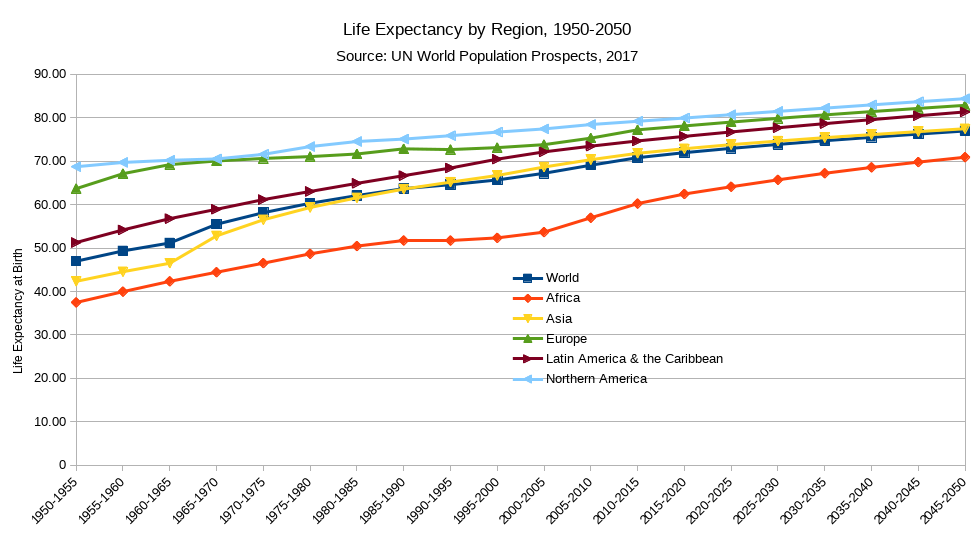



Life Expectancy Wikipedia
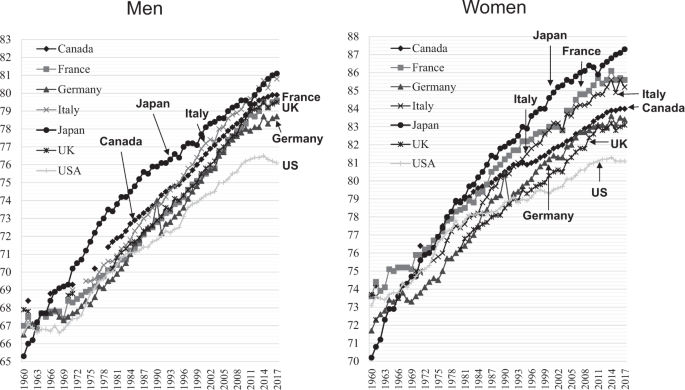



Why Has Japan Become The World S Most Long Lived Country Insights From A Food And Nutrition Perspective European Journal Of Clinical Nutrition




Dynamics Of Life Expectancy And Life Span Equality Pnas




Life Expectancy An Overview Sciencedirect Topics
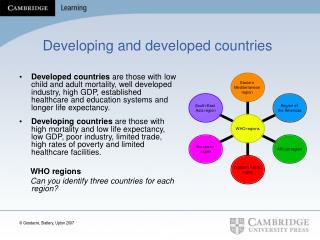



Ppt Developing And Developed Countries Powerpoint Presentation Free Download Id



1




Countries By Life Expectancy Statisticstimes Com




Longevity In Rich Countries The Economist



16 17 18 19 21 22 23 24 25 26 27 28 29 30 31 32 33 Review In The Past 100 Years Life Expectancy Has Been On The Rise In The Majority Of Developing And Developed Countries We Are Healthier Today Than We Have Ever Been In The History Of




Eli5 Why Is The Us Life Expectancy So Low Compared To Other Developed Nations Explainlikeimfive



Why Does South Africa Have Such A Low Life Expectancy It S Around 63 Quora
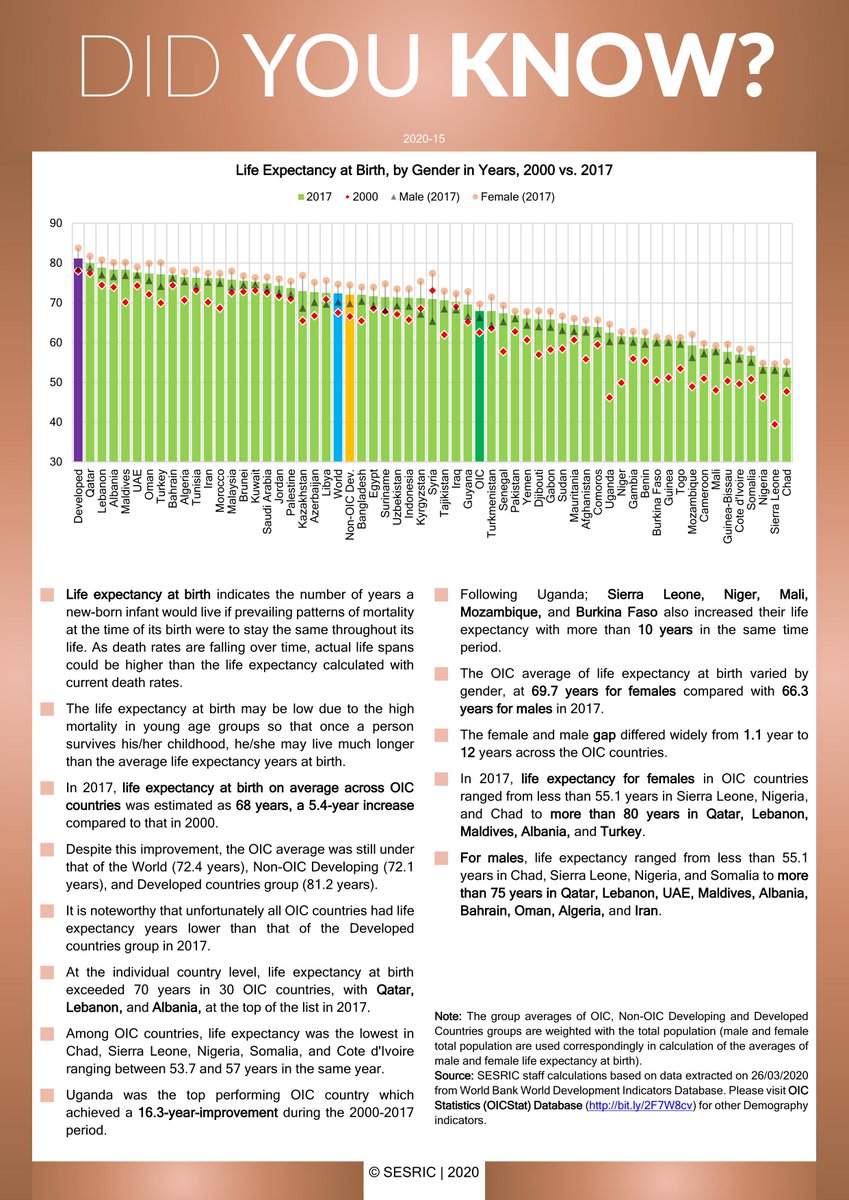



Oic Statcom Didyouknow That Life Expectancy At Birth On Average Across Oic Oci Countries Was Estimated As 68 Years In 17 A 5 4 Year Increase Compared To That In 00 You Can Read
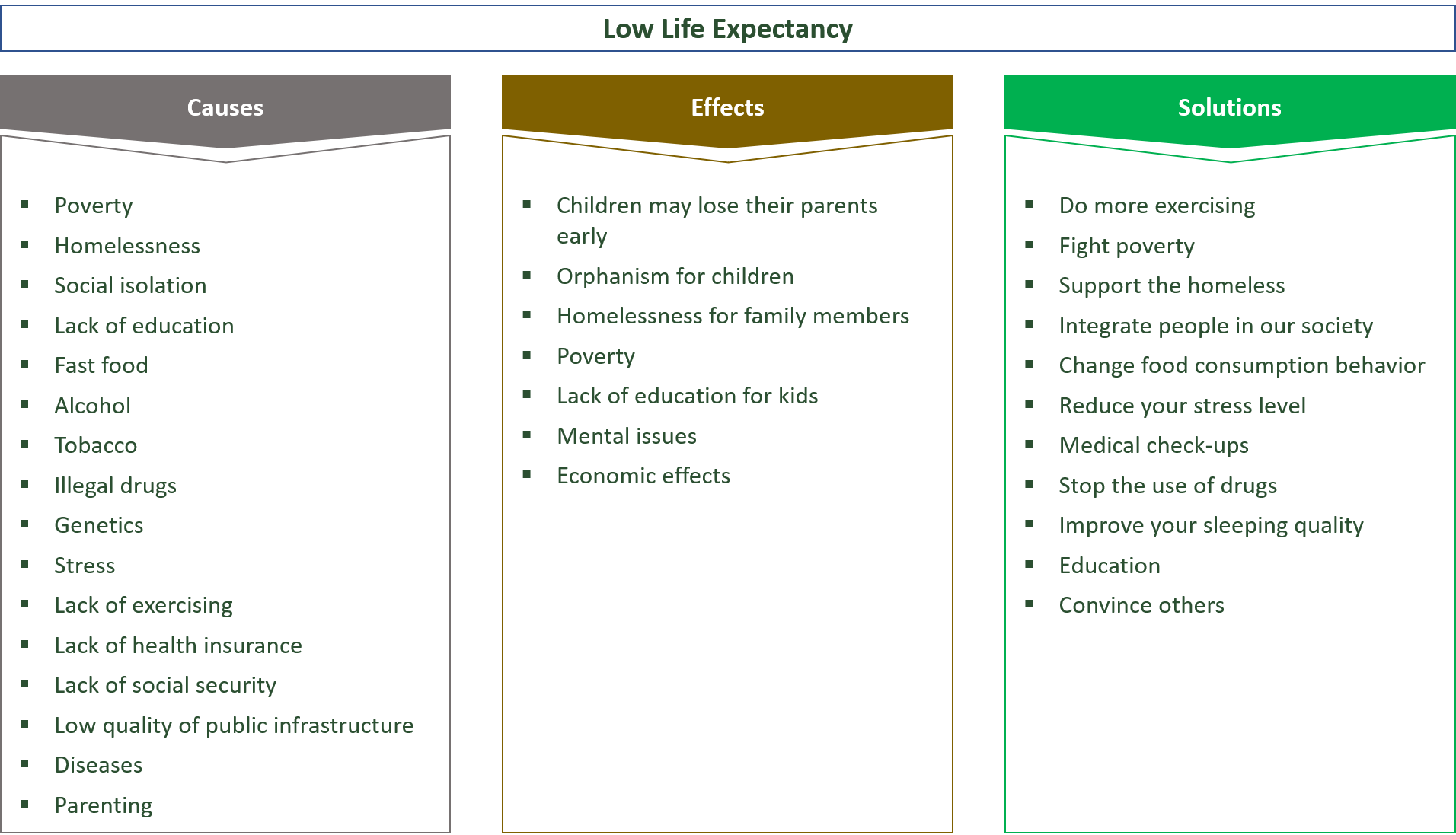



Causes For Low Life Expectancy How To Increase It E C




Recent Trends In Life Expectancy Across High Income Countries Retrospective Observational Study The Bmj




Life Expectancy Wikipedia
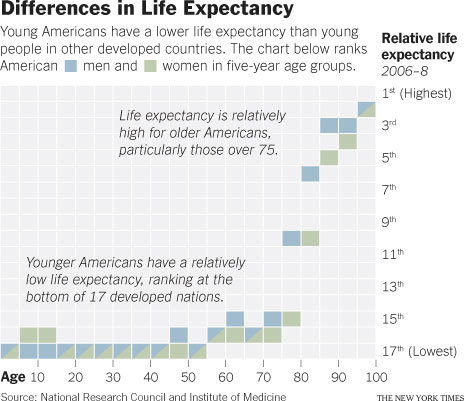



The U S 1 In Early Deaths Sociological Images




How Does U S Life Expectancy Compare To Other Countries Peterson Kff Health System Tracker




Social Development Indicators Factsheet Center For Sustainable Systems




The 10 Countries With The Lowest Life Expectancy Borgen




Global Health Our World In Data




Declining Birthrate And Aging Population In Asia Educational Support To Low Income Households Improves Quality Of Labor Force And Productivity Discuss Japan



0 件のコメント:
コメントを投稿